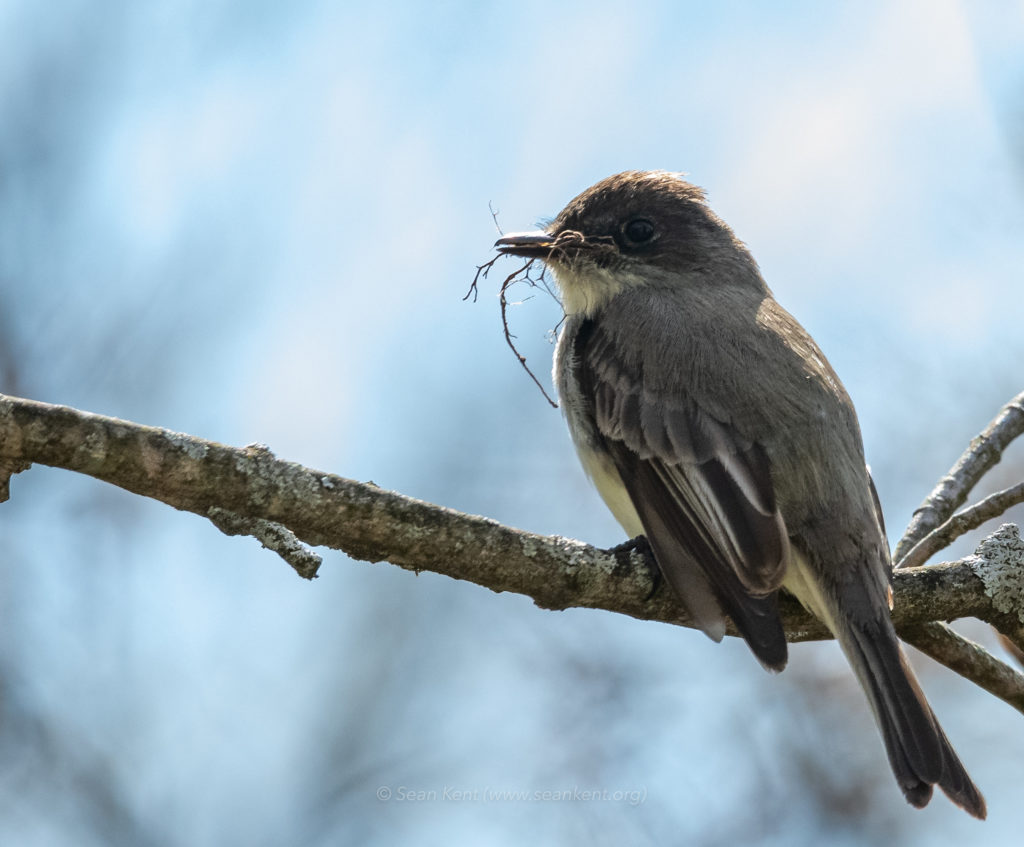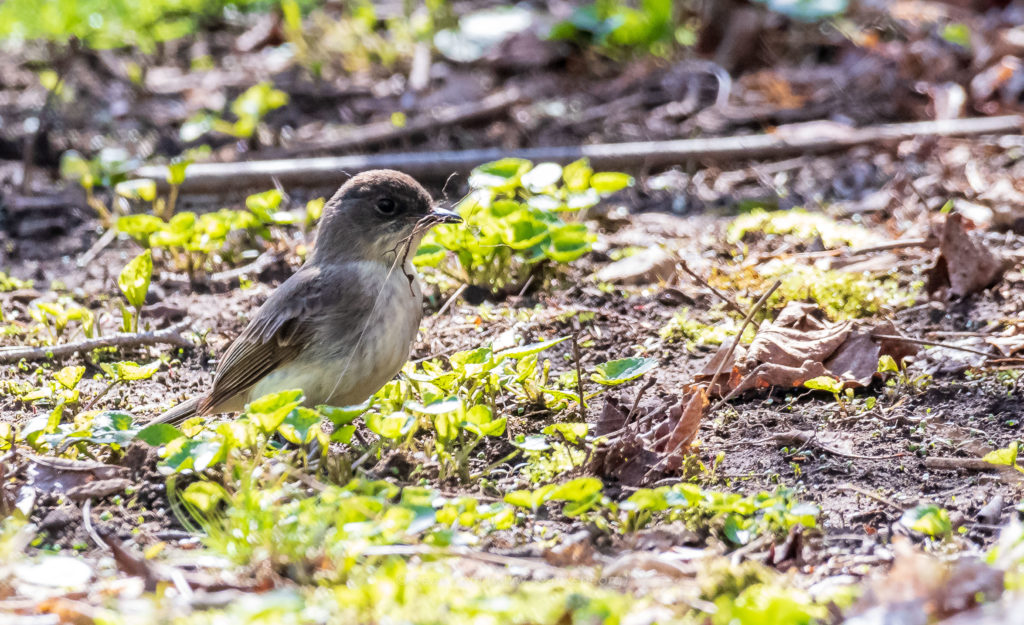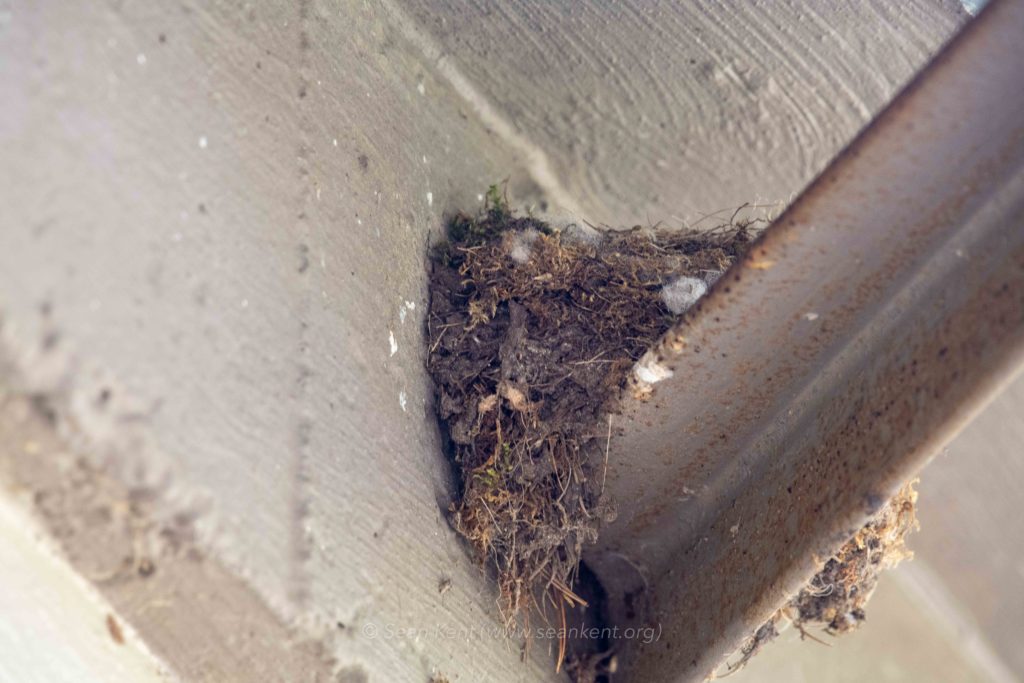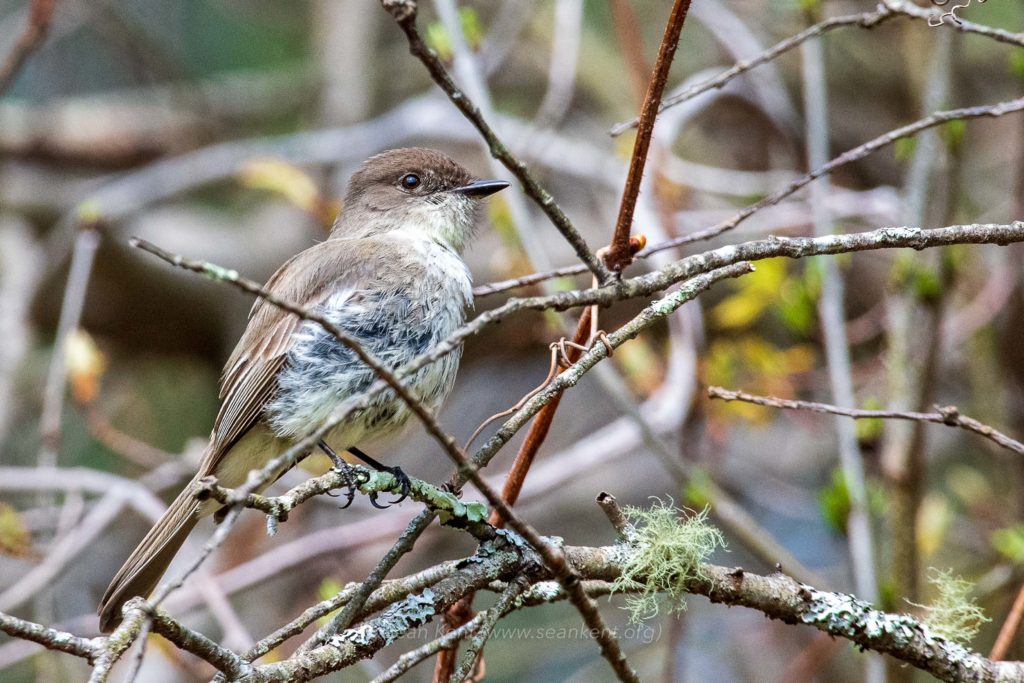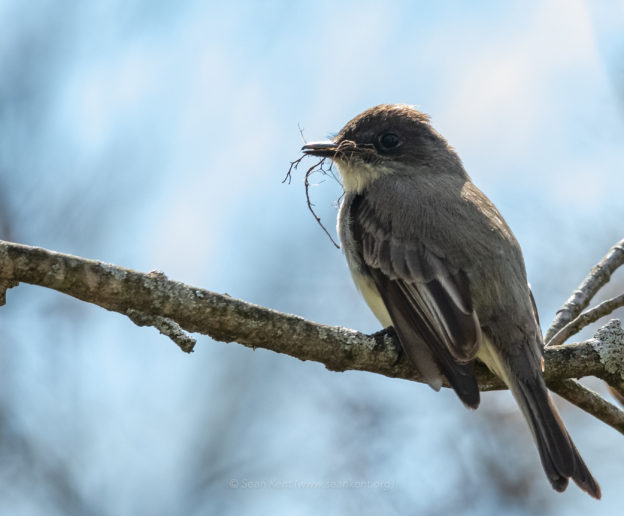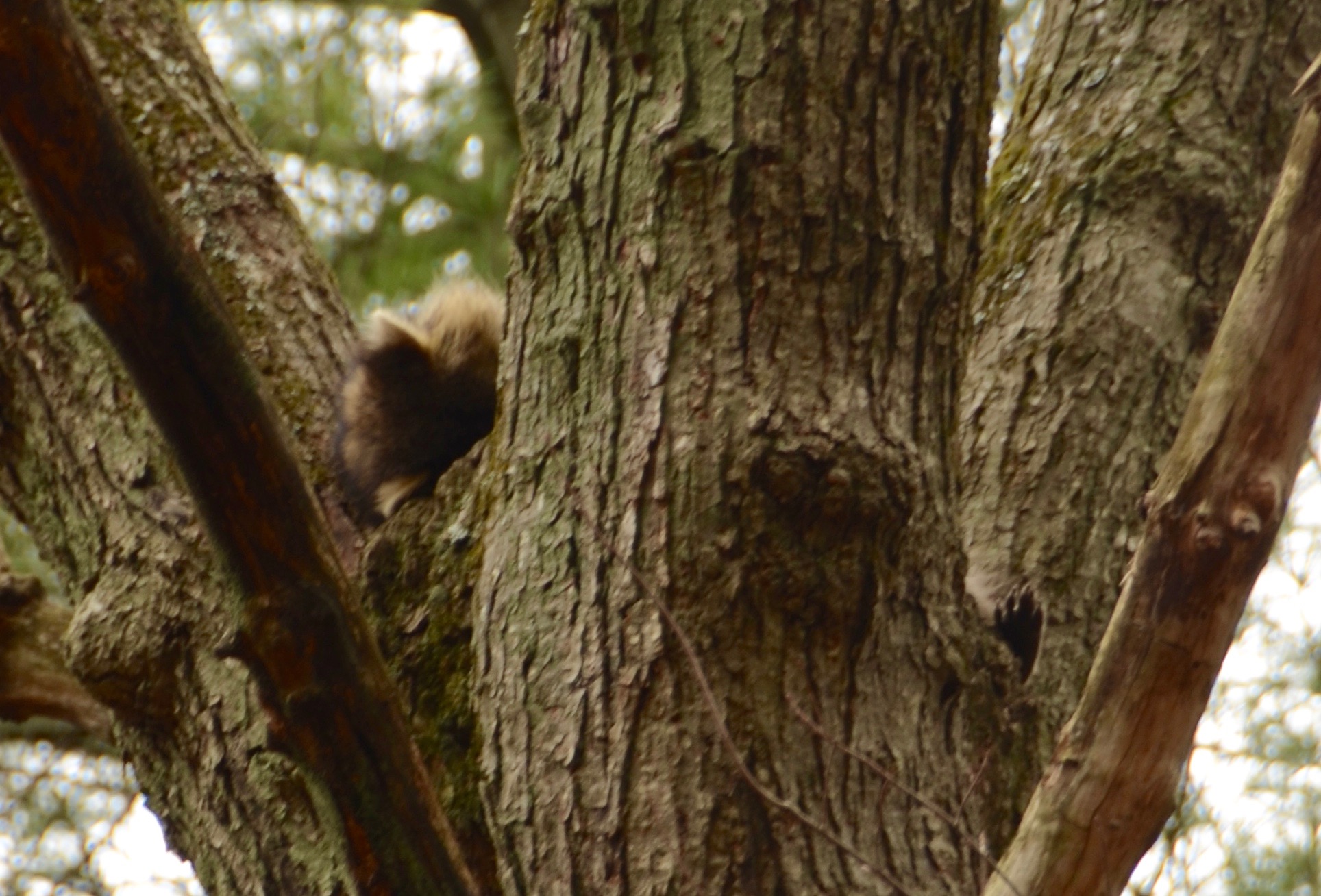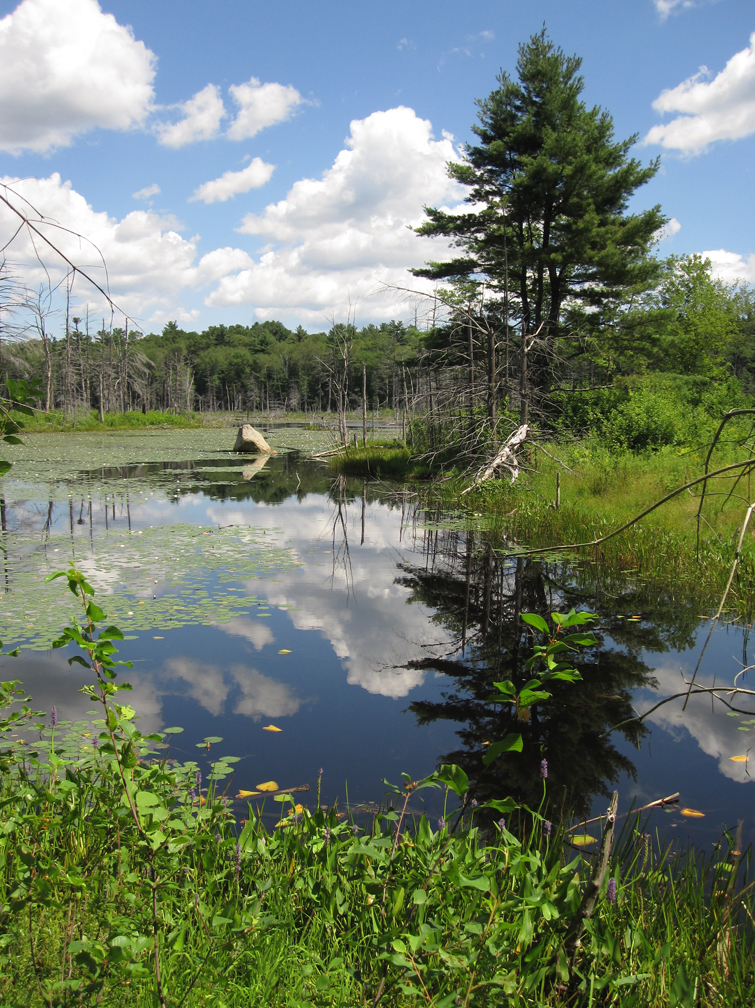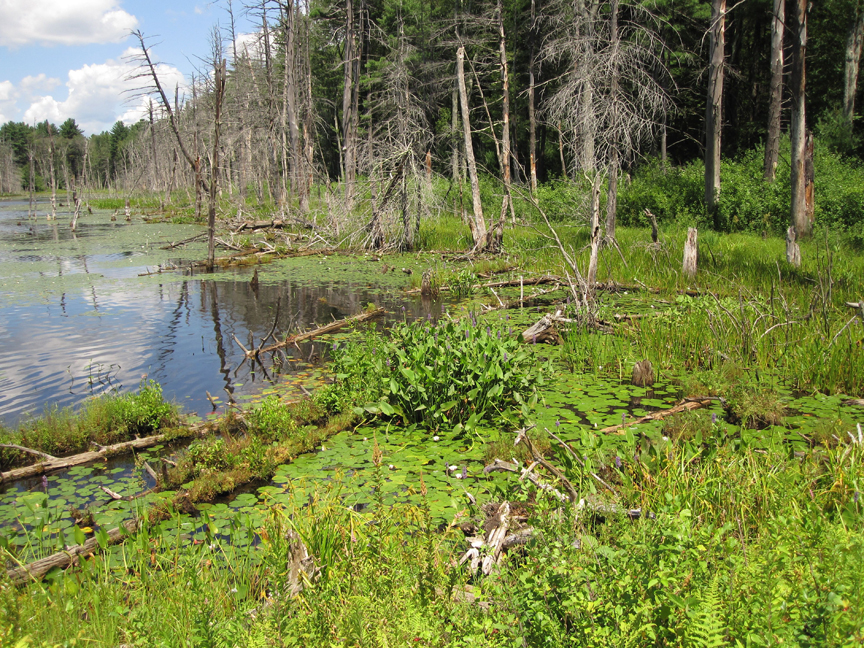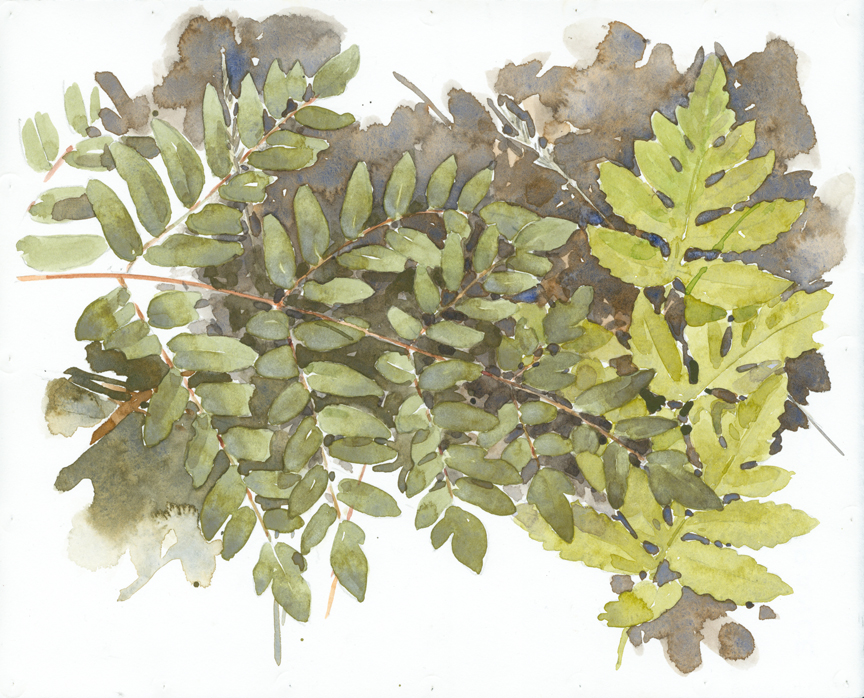September 1, 2016
Museum of American Bird Art, Canton
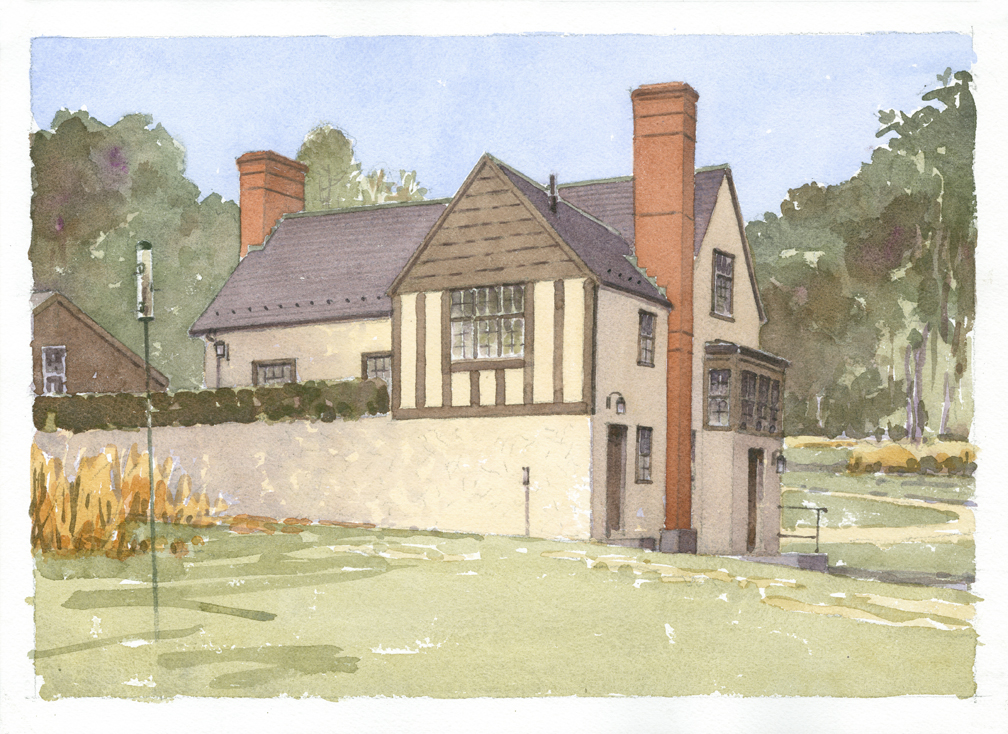
The Museum of American Bird Art in Canton is the sponsoring sanctuary for this residency, and I’ve been looking forward to spending some time exploring the property. I’ve visited MABA many times to take in exhibitions or present workshops and lectures, but I’ve never explored the trails!
It’s raining when I arrive at the Museum – which is notable, since less than 4” of rain has fallen throughout ALL of this hot, dry summer. Massachusetts is experiencing a drought of historic proportions. So, I don’t mind the rain as I start down the Main Loop Trail behind the Gallery. The moisture has intensified the color of the pine needles carpeting the forest floor in the Pine Grove, and I pause to take in the scene.
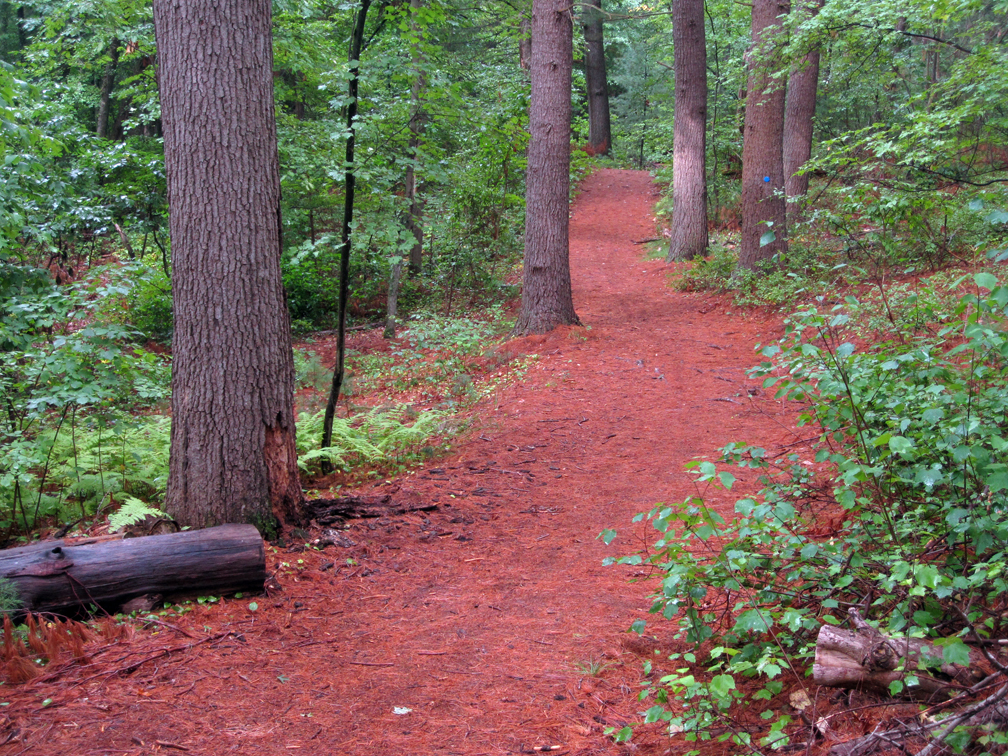
The Pequit Brook Trail leads through the center of the reserve, providing the shortest route to the brook. I’m hoping to find some cardinal flowers still in bloom along the brook – which is classic cardinal flower habitat. I’m afraid I might be too late, but with some searching I locate one small plant topped with a single blossom. Encouraged, I make my way up the brook, hopping from rock to rock and pushing past the heavy growth along the banks. Upstream, I find several tall, mature flower spikes heavy with bloom, and other spikes that have nearly done flowering, with just a few buds remaining at the tip. The rain has let up, so I take out my sketchbook and make some pencil drawings. To get the right viewpoint, I need to squat or kneel on the rocks as I draw, and the discomfort of these precarious drawing positions urges me to draw faster!
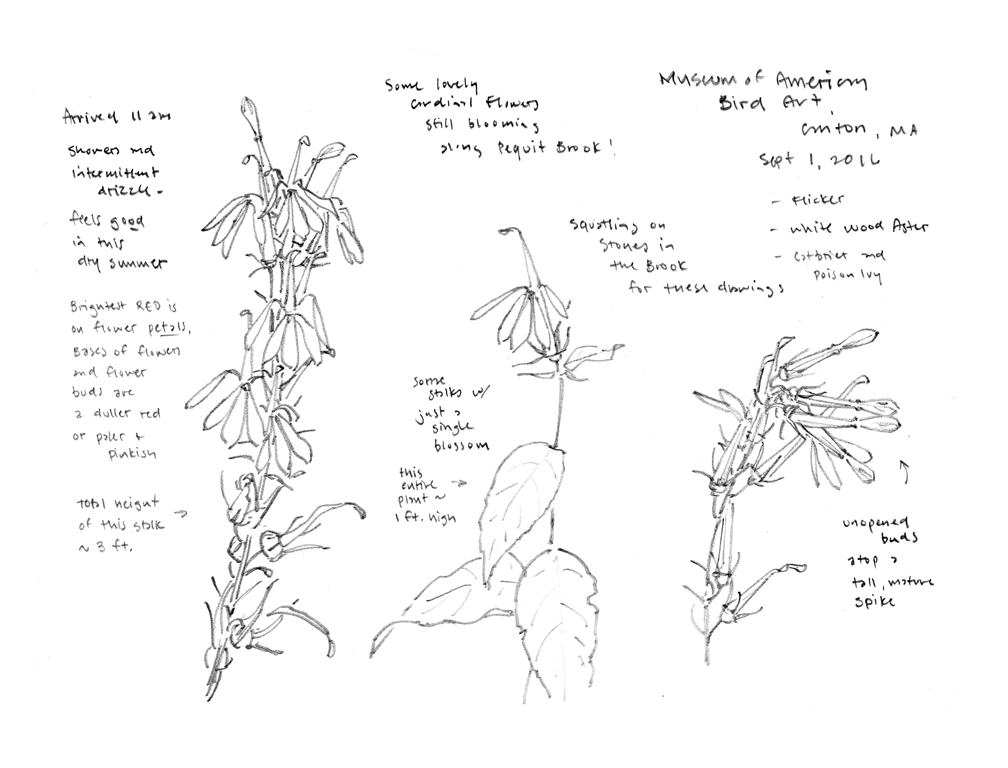
Sketchbook studies of Cardinal Flowers, pencil, 9″ x 12″
Later, in my studio, I use these pencil drawings to develop a finished watercolor. You’ll see how I’ve re-arranged the pencil studies for a better composition, and used a background wash to tie the individual studies together. I’ve also transcribed some of the written notes to the painting – they supply another layer of information that adds to the understanding and appreciation of this gorgeous native wildflower.
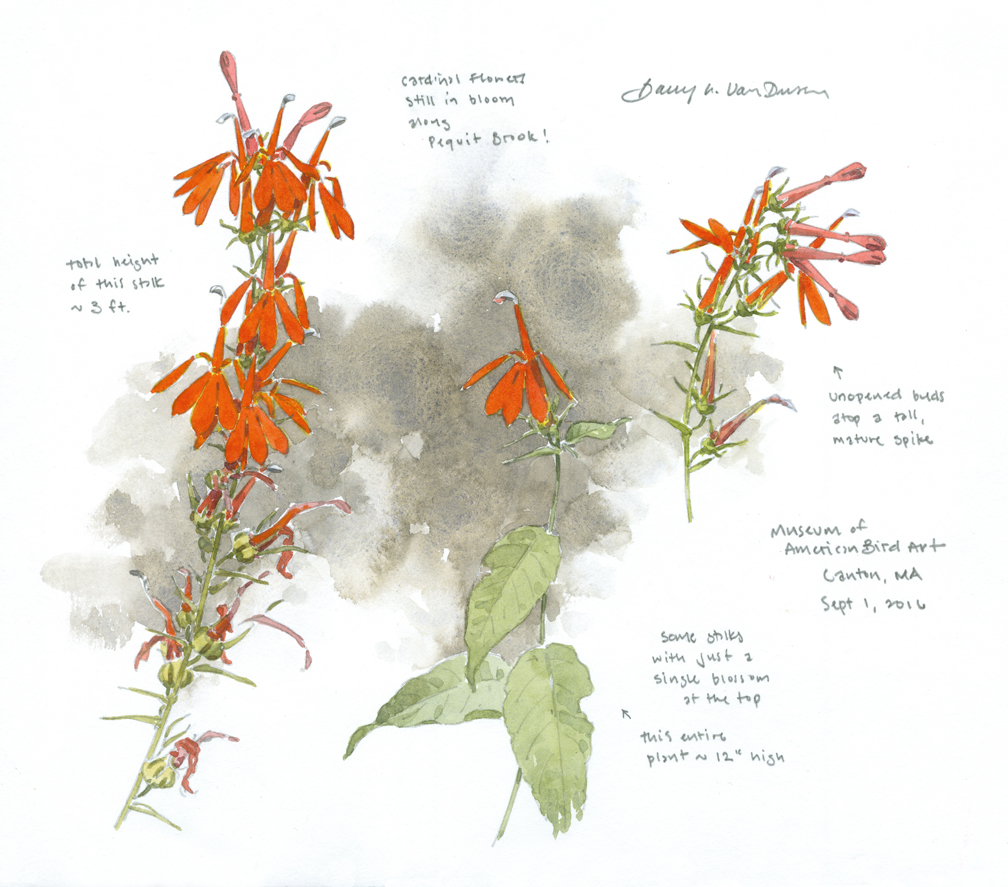
Cardinal Flowers at Pequit Brook, watercolor on Arches hot-press, 11.5″ x 13.5″
Bird activity is best in the meadow below the Gallery building, so I linger here on my return. A young phoebe hunts from a high, open perch at the edge of the meadow.

Sketchbook study of a young phoebe, pencil, 6″ x 6″
The vantage point, looking upwards at the bird, shows the BROAD base of the bill – which is not so evident in a straight side-view. Catbirds, robins, and cardinals dodge from shrub to shrub searching for berries, while nuthatches, chickadees and a red-bellied woodpecker work over a big, dead snag.
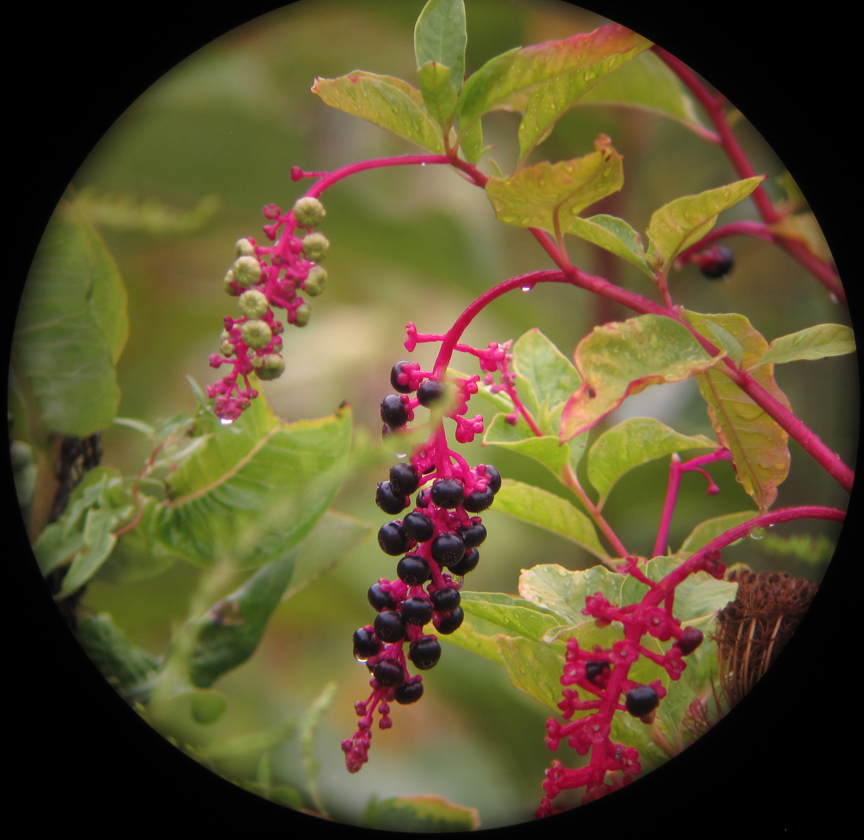
Pokeweed
Though it’s been an exceptionally dry summer, the ripeness of autumn is everywhere in evidence. Heavy fronds of goldenrod and curly dock rise above the ripe grasses, and bright, arching spires of pokeweed lend some notes of bright color.
In the grape arbor, the fruits are turning from lime green to pink to deep ultramarine blue…

Sketchbook studies at the Grape Arbor, pencil and watercolor, 8.5″ x 10″
I walk slowly around the Gallery building, looking for the best angle on this handsome structure, and finally settle in a spot near the bird blind and bird feeders. It’s not a view of the Gallery that most visitors see, but I like the way the two graceful chimneys bracket the building, and the tudor-style articulation on the south- facing gable makes a good focal point. I make a careful pencil drawing, paying extra attention to the angles and proportions.
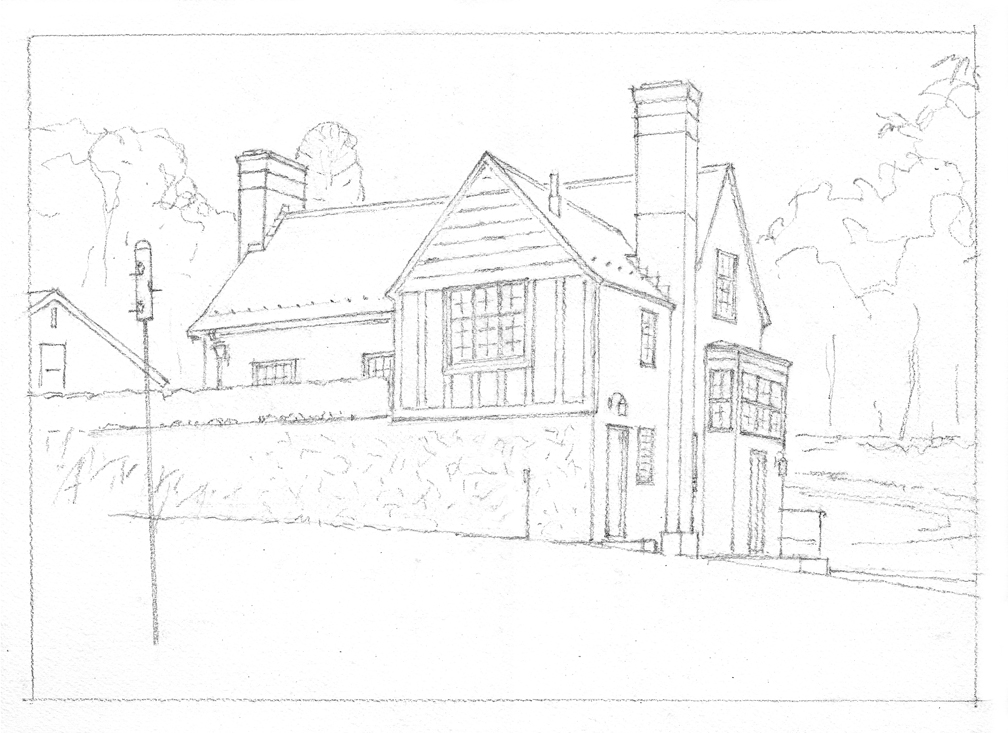
The pencil drawing, made on location
My father was a good draughtsman, and taught my brothers and I to draw in perspective at a young age, so drawing in perspective is fairly natural to me. Still, I need to observe closely and draw slowly to capture the unique character of the structure. As I’m finishing the drawing, the rain starts up again, and I’m forced to put the drawing away…
You’ll notice that there are no BIRDS in the picture. Instead, I’ve made an oblique reference to them by including the bird feeder in the foreground. There are lots of wonderful birds, of course, INSIDE the building!
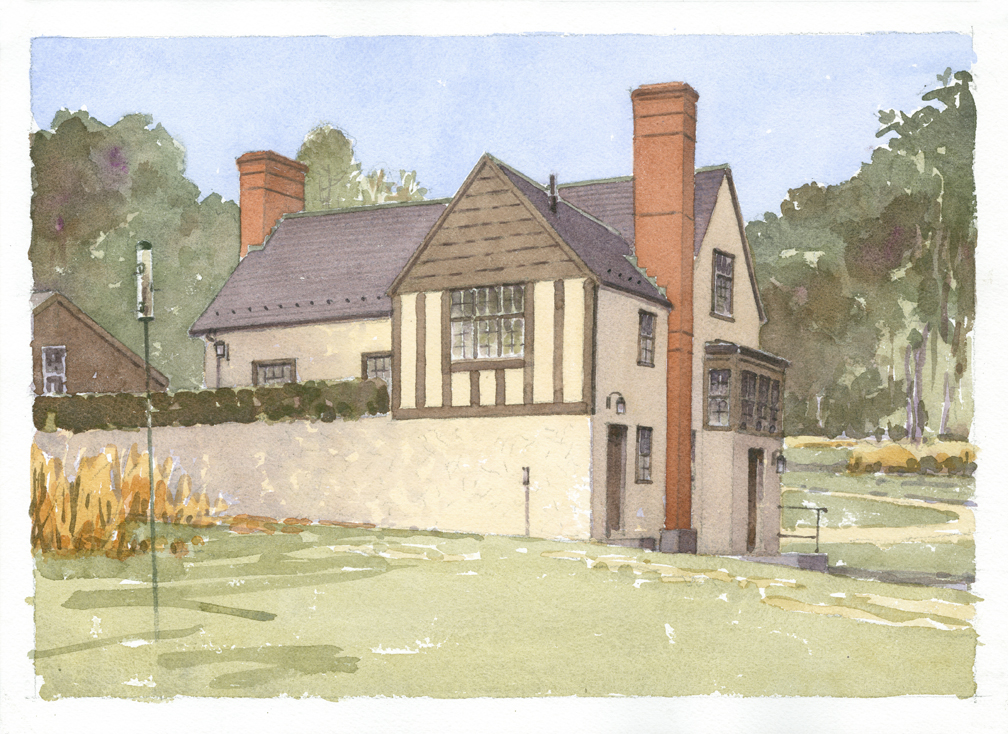
The Museum of American Bird Art, watercolor on Arches cold-press, 10.25″ x 14.25″
The Exhibition Gallery was built in 1938 as a studio where the previous owner, Mildred Morse Allen, could practice her art. The building was extensively renovated and updated after Mass Audubon acquired the property in 1992. The lower level was converted to a conservators office and a fire-proof, climate controlled storage vault. The south gable you see here encloses a small exhibition space, while the spacious main gallery occupies the bulk of the upper level. If you haven’t visited the Museum, and perused one of its beautifully presented exhibitions, you’re in for a treat!
